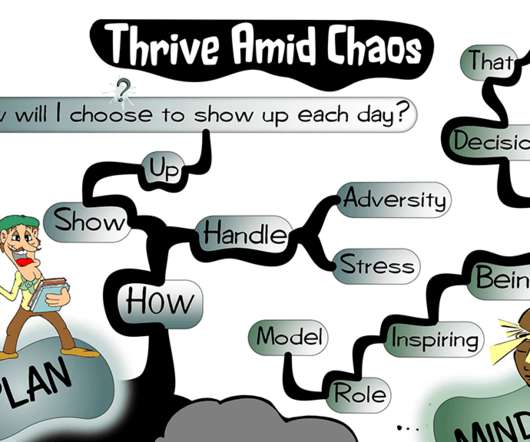Reflect on the Past to Set Better Goals for the Future
Crestcom
NOVEMBER 25, 2024
While the pace of modern business often demands quick decision-making and action, reflection offers a space to slow down, acknowledge accomplishments, and identify areas for growth. This culture can lead to stronger team cohesion, continuous improvement, and a focus on shared goals.





















Let's personalize your content